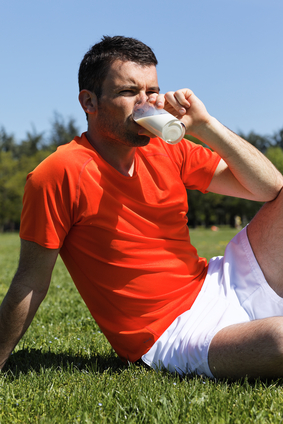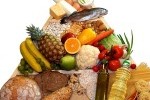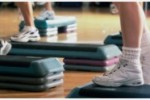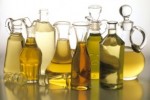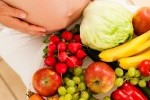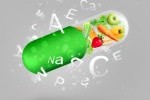We’ve talked about milk and its proteins before when we went over the different major kinds of proteins, but casein and whey aren’t milks only beneficial nutrients. The naturally high blend of protein and carbohydrates makes milk a great choice to fuel muscles after a workout so they are primed and ready to go again when you need them, and here is the research to back it up.
Exercise-induced muscle damage (EIMD) comes hand in hand with sports and exercise. This damage often leads to the delayed onset muscle soreness (DOMS) that we have all felt after a good workout. While DOMS can be a good sign that the body is growing and adapting to the demands you place on it, it may also limit performance and training until the muscles have healed. The purpose of this research, by Emma Cockburn and her colleagues, was to test the effects of protein and carbohydrate rich milk supplementation on muscle damage from dynamic exercise.
The researchers concluded that milk supplementation helped to limit the negative effects of muscle damage and DOMS in the 72 hours following EIMD. This study shows no change the perceived level of soreness or reactive strength between those participants who consumed milk instead of water. However, it does show that milk supplementation may limit the detrimental effects of EIMD on performance (in this case sprinting) within 48 to 72 hour following the original workout.
They most important thing to take away from this study is that milk supplementation immediately post-workout may help to limit the negative effects of muscle damage on performance. This is especially beneficial to those athletes who train and compete multiple times throughout the week. By consuming milk (500 ml) post-workout you can hopefully retain as much function as possible in order to optimize performance for your next workout or competition.
Source:
Cockburn, E., Bell, P. G., & Stevenson, E. (2013). Effect of Milk on Team Sport Performance after Exercise-Induced Muscle Damage. Medicine & Science in Sports & Exercise, 45(8), 1585-1592.

